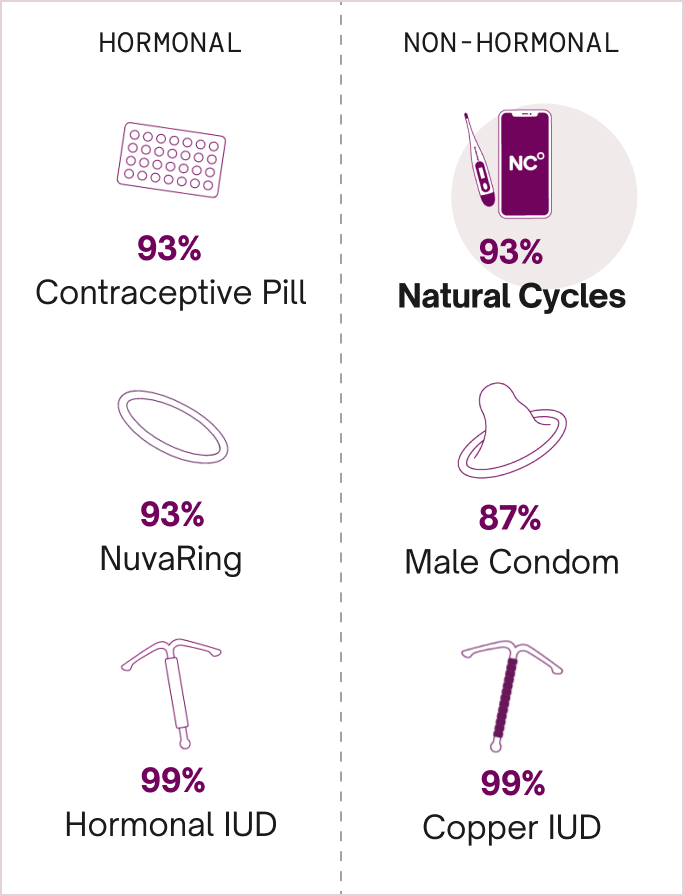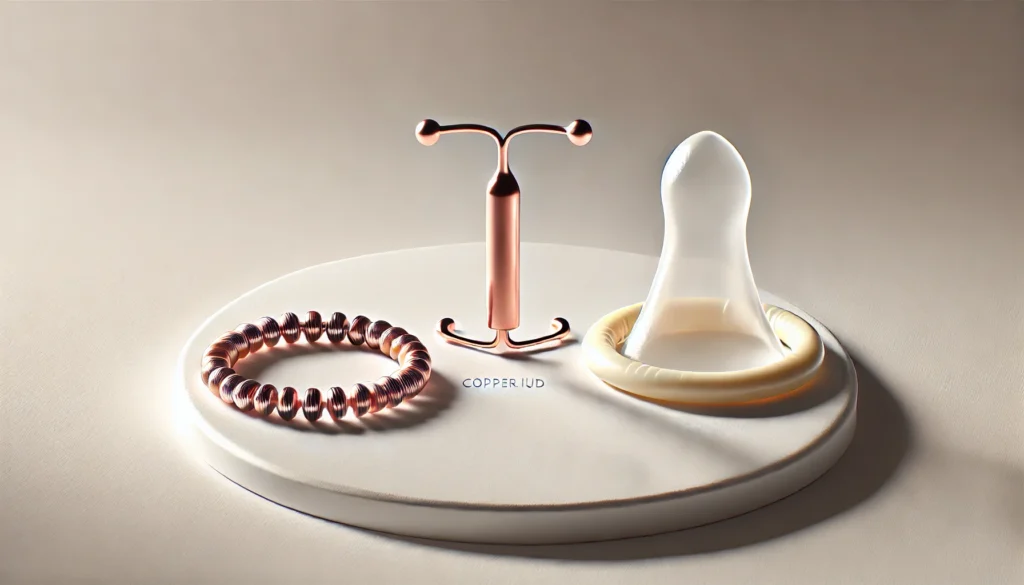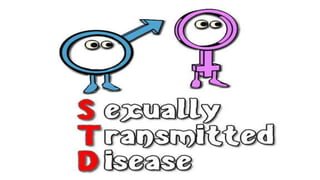Introduction to Non-Hormonal Birth Control:
Non-hormonal birth control offers effective pregnancy prevention without altering hormone levels.
Non-hormonal birth control offers individuals a reliable way to prevent pregnancy without altering their hormonal balance. For many people, hormonal contraceptives such as birth control pills, patches, or injections can cause side effects like mood swings, weight gain, or headaches. Non-hormonal options provide an alternative that avoids these complications while still allowing users to take charge of their reproductive health. These methods are also ideal for those with medical conditions that make hormonal contraception unsuitable, or for individuals simply seeking a more natural approach to family planning.
One of the most widely recognized non-hormonal birth control methods is the barrier method, which includes male and female condoms, diaphragms, and cervical caps.
These devices physically block sperm from reaching the egg, making them highly effective when used correctly. Condoms, in particular, have the added benefit of protecting against sexually transmitted infections (STIs), making them an essential tool for overall sexual health. Additionally, modern barrier devices are designed for comfort and ease of use, ensuring they remain a popular choice among those seeking non-hormonal options.Another effective non-hormonal method is the copper intrauterine device (IUD). Unlike hormonal IUDs, the copper IUD relies on the properties of copper to create an environment in the uterus that is toxic to sperm, preventing fertilization.
This small, T-shaped device is inserted into the uterus by a healthcare provider and provides long-term protection—up to 10 years in some cases. The copper IUD is over 99% effective and requires little maintenance, making it an attractive choice for individuals who prefer a “set it and forget it” option.Natural family planning (NFP) methods, also known as fertility awareness-based methods, are another non-hormonal option.
These involve tracking the menstrual cycle to determine fertile days and abstaining from sex or using barrier methods during those times. Techniques like monitoring basal body temperature, cervical mucus, and calendar calculations can help individuals identify their fertile window with remarkable accuracy. While these methods require diligence and education, they empower users to develop a deeper understanding of their bodies and cycles.
For individuals looking for immediate, short-term solutions, spermicides and sponges are viable non-hormonal options.

Spermicides are chemical agents that immobilize or kill sperm, and they can be used alone or with other methods like diaphragms for increased effectiveness. Sponges, which are infused with spermicide, are inserted into the vagina before intercourse and provide both a physical and chemical barrier to sperm. Although these methods are less effective than IUDs or condoms, they are accessible, easy to use, and available over the counter.Choosing the right non-hormonal birth control method depends on individual needs, lifestyle, and health considerations. Consulting with a healthcare provider can help individuals weigh the pros and cons of each option and find the best fit for their circumstances.
With so many effective alternatives available, non-hormonal birth control provides a practical and empowering way to manage reproductive health without relying on hormones.
Benefits of Non-Hormonal Birth Control:
Non-hormonal birth control methods offer numerous advantages that make them an appealing choice for many individuals. These methods provide effective contraception without the potential side effects or health risks associated with hormonal options. Whether for health, personal preference, or compatibility reasons, non-hormonal methods can fit a wide range of needs. Below are some of the key benefits of non-hormonal birth control:
1. Avoidance of Hormonal Side Effects:
Hormonal birth control can sometimes lead to side effects such as mood swings, weight gain, headaches, or changes in libido. Non-hormonal methods eliminate these risks, as they do not interfere with the body’s natural hormonal processes. This makes them an excellent choice for individuals who experience sensitivity to hormones or prefer a natural approach to contraception.
2. Suitable for Individuals with Medical Conditions:
For those with certain health conditions, such as a history of blood clots, high blood pressure, or hormone-sensitive cancers, hormonal birth control may not be safe. Non-hormonal methods, such as barrier methods or copper IUDs, provide effective contraception without increasing health risks.
3. Long-Term and Low-Maintenance Options:
Certain non-hormonal methods, like the copper IUD, offer long-term contraception that can last up to 10 years with minimal maintenance. This is a highly convenient option for individuals who prefer a “set it and forget it” approach. Once in place, the device requires no daily effort, making it both reliable and stress-free.
4. Immediate Return to Fertility:
Unlike hormonal methods, which can sometimes delay the return of fertility after discontinuation, non-hormonal options typically allow for an immediate return to natural fertility. This is particularly beneficial for those who may wish to conceive shortly after stopping contraception.
5. Non-Invasive and Accessible Options:
Many non-hormonal methods, such as condoms, diaphragms, or spermicides, are easily accessible over the counter and do not require a prescription or medical procedure. This makes them affordable and convenient for people of all ages and backgrounds.
6. Protection Against Sexually Transmitted

Infections (STIs)Male and female condoms, a widely used non-hormonal method, are the only contraceptive methods that also protect against STIs. This dual function makes them an essential part of safe sexual practices, particularly for individuals with multiple partners or those not in monogamous relationships.
7. Natural and Eco-Friendly Alternatives:
Some non-hormonal methods, like fertility awareness-based methods, align with a natural and eco-friendly lifestyle. These methods involve no chemicals or devices and allow individuals to manage contraception in harmony with their body’s natural rhythms.
8. Empowerment Through Body Awareness:
Using fertility awareness-based methods encourages individuals to develop a deeper understanding of their menstrual cycles and fertility patterns. This knowledge fosters a sense of empowerment and connection to one’s body, which can be both educational and liberating.
9. Versatility and Variety of Options:
Non-hormonal birth control offers a diverse range of methods, including barrier methods, copper IUDs, spermicides, and natural family planning. This variety ensures that individuals can find a solution that aligns with their lifestyle, comfort level, and long-term goals.By offering effective contraception without the complications of hormones, non-hormonal birth control provides a safe, versatile, and empowering way for individuals to take charge of their reproductive health.
Disadvantages of Non-Hormonal Birth Control:
While non-hormonal birth control methods offer many benefits, they also come with certain drawbacks that individuals should consider when selecting a contraceptive option. These disadvantages can vary depending on the specific method and personal circumstances. Below are some of the key challenges associated with non-hormonal birth control:
1. Lower Effectiveness Rates for Some Methods:
Certain non-hormonal methods, such as spermicides, diaphragms, and fertility awareness-based methods, have higher failure rates compared to hormonal options. Their effectiveness often depends on consistent and correct use, which can be challenging for some individuals. For example, fertility awareness requires meticulous tracking and a deep understanding of one’s cycle, which may not be feasible for everyone.
2. Lack of Hormonal Benefits:
Hormonal birth control methods often provide additional benefits, such as regulating menstrual cycles, reducing menstrual cramps, and improving acne. Non-hormonal options do not offer these advantages, which may be a drawback for individuals seeking to manage other health conditions alongside contraception.
3. Limited STI Protection:
Among non-hormonal methods, only male and female condoms offer protection against sexually transmitted infections (STIs). Methods like the copper IUD, diaphragms, and fertility awareness do not provide any STI prevention, making condoms a necessary additional measure for individuals at risk.
4. Risk of User Error:
Many non-hormonal methods rely heavily on user consistency and proper application. For example, condoms must be used correctly every time to be effective, and diaphragms need to be positioned properly. Fertility awareness methods require daily monitoring of basal body temperature or cervical mucus, which can be time-consuming and prone to error.
5. Possible Allergies or Sensitivities:
Some non-hormonal methods, such as condoms, spermicides, or sponges, can cause allergic reactions or irritation in some users. Latex condoms, for instance, may trigger allergies in individuals with latex sensitivity, and spermicides can sometimes lead to vaginal irritation or discomfort.
6. No Control Over Menstrual Symptoms:
Unlike hormonal contraceptives, non-hormonal methods do not alleviate symptoms like heavy bleeding, irregular periods, or severe cramps. For individuals seeking relief from these issues, non-hormonal methods may not be the ideal choice.
7. Increased Risk of Infection with Certain Devices:
The use of devices like diaphragms or sponges can sometimes increase the risk of urinary tract infections (UTIs) or vaginal infections if they are not cleaned or used properly. Additionally, prolonged use of these devices during a single session can exacerbate this risk.
8. Invasiveness of Some Methods:
While the copper IUD is highly effective and long-lasting, its insertion can be uncomfortable or painful for some individuals. Additionally, the device may cause heavier or more painful periods, especially in the first few months of use. This invasiveness may deter some users from choosing this option.
9. Lack of Spontaneity:
Certain non-hormonal methods, such as diaphragms, sponges, or fertility awareness, require preparation or planning ahead of time. This lack of spontaneity can be inconvenient and may interfere with the natural flow of intimacy.
10. Shorter Lifespan of Some Methods:
Unlike long-term solutions such as the copper IUD, methods like condoms or spermicides provide only short-term protection and must be used with every sexual encounter. This can be cumbersome for individuals seeking a more lasting solution.
11. Costs Over Time:
While some non-hormonal methods, like fertility awareness, are cost-effective or even free, others, such as condoms or spermicides, require regular purchases. Over time, these costs can add up, especially for individuals who are sexually active frequently.Although non-hormonal birth control is a valuable option for many, it may not meet the needs of everyone. Understanding these potential disadvantages is crucial to making an informed decision and choosing the method that best aligns with personal health, lifestyle, and preferences. Consulting with a healthcare provider can help address concerns and explore suitable alternatives.
Conclusion:
Non-hormonal birth control offers a versatile range of options for individuals seeking effective contraception without altering their hormonal balance. These methods cater to various needs, from long-term solutions like the copper IUD to user-controlled options such as condoms and fertility awareness. While non-hormonal methods provide significant benefits, including the avoidance of hormonal side effects, immediate return to fertility, and protection against STIs in some cases, they also come with challenges like user error, limited menstrual symptom management, and variable effectiveness depending on the method.
Ultimately, choosing the right contraceptive method is a deeply personal decision influenced by health, lifestyle, and reproductive goals. Non-hormonal birth control empowers individuals to take control of their fertility in a natural and side-effect-free manner, making it a valuable option for many. However, consulting with a healthcare provider is essential to weigh the benefits and drawbacks of each method and find the most suitable solution. With informed choices, non-hormonal birth control can support safe, effective, and personalized reproductive health management.
you must watch 👁️👁️ this article 👇👇👇
Online Birth Control Services: A best Option for Women





